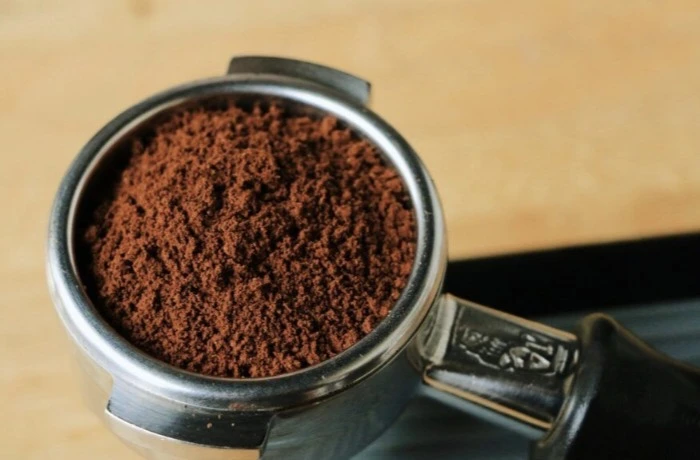Cold brew coffee has gained immense popularity for its smooth, low-acid flavor and refreshing taste. Traditionally, it is made by steeping coarsely ground coffee beans in cold water for an extended period. However, not everyone has access to freshly ground coffee or the patience to wait 12 to 24 hours for brewing. Surprisingly, instant coffee can be a convenient and effective alternative for making cold brew. This article explores the science behind cold brew, the feasibility of using instant coffee, and the potential health implications of this method.
The Science of Cold Brew Coffee
Cold brew coffee differs from hot brewing methods in both preparation and chemical composition. When coffee is brewed with hot water, it extracts oils, acids, and aromatic compounds quickly, resulting in a bold and sometimes bitter flavor. In contrast, cold brew relies on time rather than heat, leading to a slower extraction process that primarily pulls out soluble compounds while leaving behind many of the harsher acids.
Studies have shown that cold brew coffee contains up to 67% less acidity than hot-brewed coffee, making it gentler on the stomach. The lower acidity also reduces the risk of acid reflux and tooth enamel erosion. Additionally, cold brew tends to have a higher caffeine concentration when brewed with the same coffee-to-water ratio as hot coffee, though this can vary depending on steeping time and grind size.
Can Instant Coffee Be Used for Cold Brew?
Instant coffee is made by brewing concentrated coffee and then dehydrating it into powder or granules. Since it is already a soluble form of coffee, some may wonder if it can be used to make cold brew. The answer is yes—but with some caveats.
The main advantage of using instant coffee for cold brew is convenience. Instead of waiting hours or overnight, you can dissolve instant coffee in cold water and enjoy a similar smooth, low-acid drink almost immediately. However, the flavor profile will not be identical to traditional cold brew because instant coffee is pre-extracted and processed differently. Some high-quality instant coffee brands, such as those made from freeze-dried Arabica beans, can produce a surprisingly good cold brew-like beverage.
To make cold brew from instant coffee, simply mix one to two teaspoons of instant coffee with a cup of cold or room-temperature water. Stir until fully dissolved, then let it sit for a few minutes to allow the flavors to meld. For a stronger brew, increase the amount of instant coffee or let it steep longer in the refrigerator.
Health Considerations of Instant Cold Brew
One concern with instant coffee is its acrylamide content. Acrylamide is a chemical that forms when coffee beans are roasted at high temperatures, and some studies suggest it may have carcinogenic effects in very high doses. However, the levels found in coffee—including instant coffee—are generally considered safe by health authorities like the FDA and EFSA.
Another factor is caffeine content. Instant coffee typically contains slightly less caffeine than regular brewed coffee, which may be preferable for those sensitive to caffeine. However, since cold brew is often more concentrated, adjusting the ratio of instant coffee to water can help achieve the desired caffeine level.
For individuals with acid sensitivity or digestive issues, instant cold brew may still offer a smoother alternative to hot coffee. The absence of heat in the brewing process means fewer bitter compounds and irritants are extracted, making it a stomach-friendly option.
Flavor and Quality Comparisons
Traditional cold brew enthusiasts might argue that instant coffee cannot replicate the depth and complexity of slow-steeped cold brew. While this is true to some extent, modern instant coffee brands have improved significantly in quality. Specialty instant coffees, such as those from third-wave roasters, use high-quality beans and advanced freeze-drying techniques to preserve flavor.
That said, instant cold brew will lack some of the nuanced flavors found in traditional cold brew, such as subtle chocolate or fruity notes. However, for those seeking a quick, refreshing, and low-acid coffee drink, instant cold brew is a practical compromise.
Practical Applications and Tips
Instant cold brew is ideal for travelers, campers, or anyone needing a fast caffeine fix without equipment. It can also be used as a base for iced lattes, coffee cocktails, or flavored coffee drinks. To enhance the taste, consider adding a pinch of salt (which reduces bitterness) or a splash of milk.
For the best results, use high-quality instant coffee and experiment with ratios to find the perfect strength. While it may not replace traditional cold brew for purists, instant cold brew is a versatile and accessible alternative worth trying.
Conclusion
Cold brew made from instant coffee is a viable option for those who value convenience without sacrificing too much flavor or health benefits. While it may not match the complexity of traditional cold brew, it offers a quick, low-acid alternative that is easy to prepare and enjoy. As instant coffee technology continues to improve, this method may become an even more appealing choice for coffee lovers on the go. Whether you’re a busy professional, a traveler, or simply curious, instant cold brew is worth experimenting with—you might be pleasantly surprised by the results.
Related topics:
Sweet Cold Brew Coffee: A Smooth and Healthful Delight
Toasted White Chocolate Cold Brew: A Rich and Healthful Indulgence


